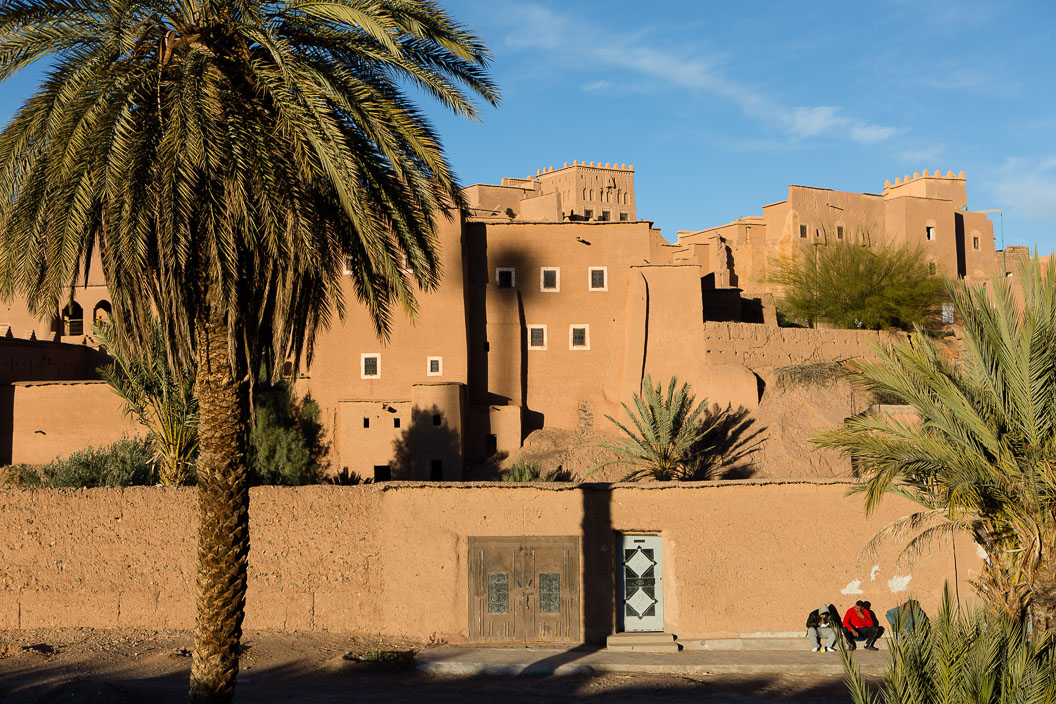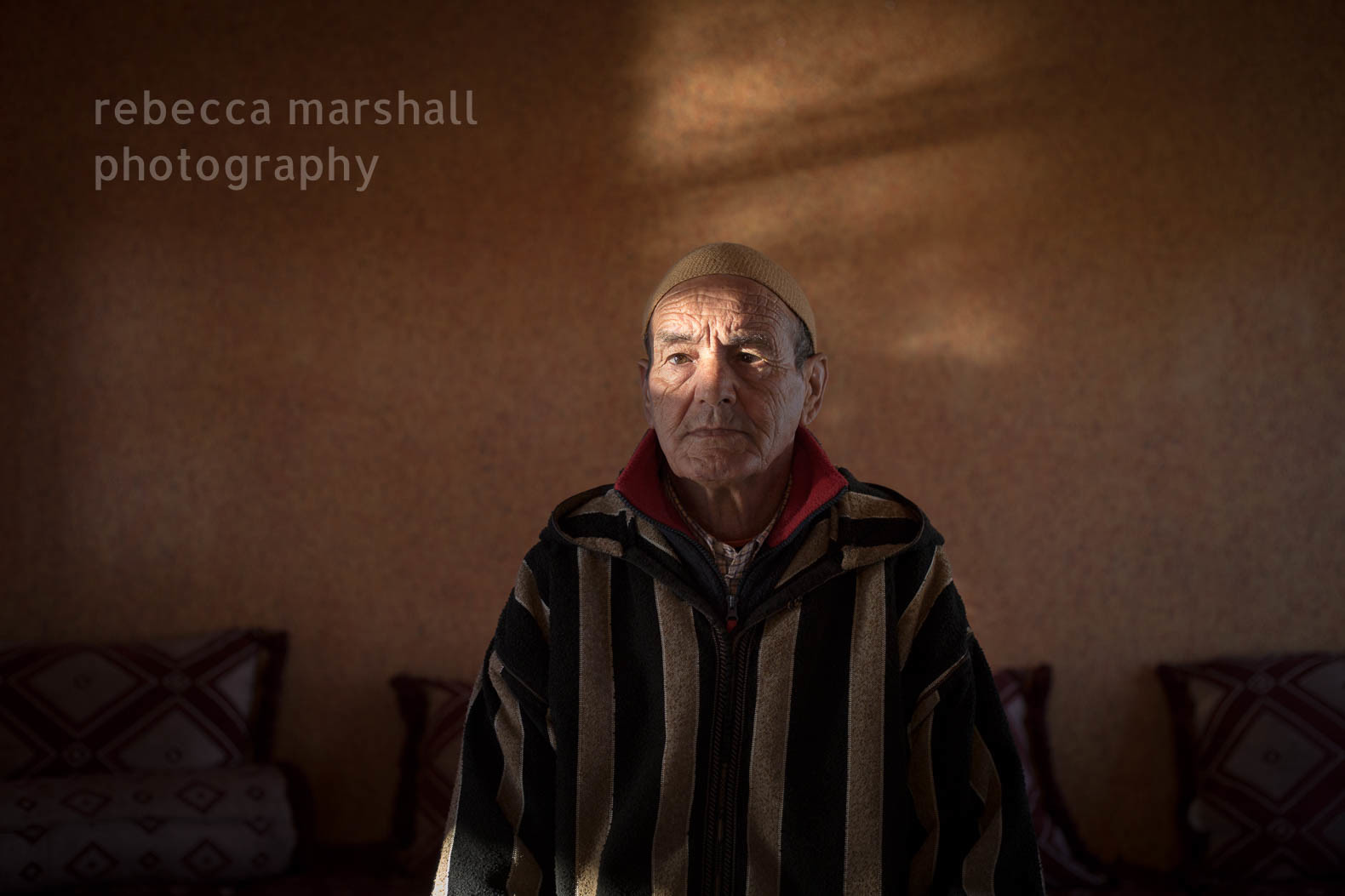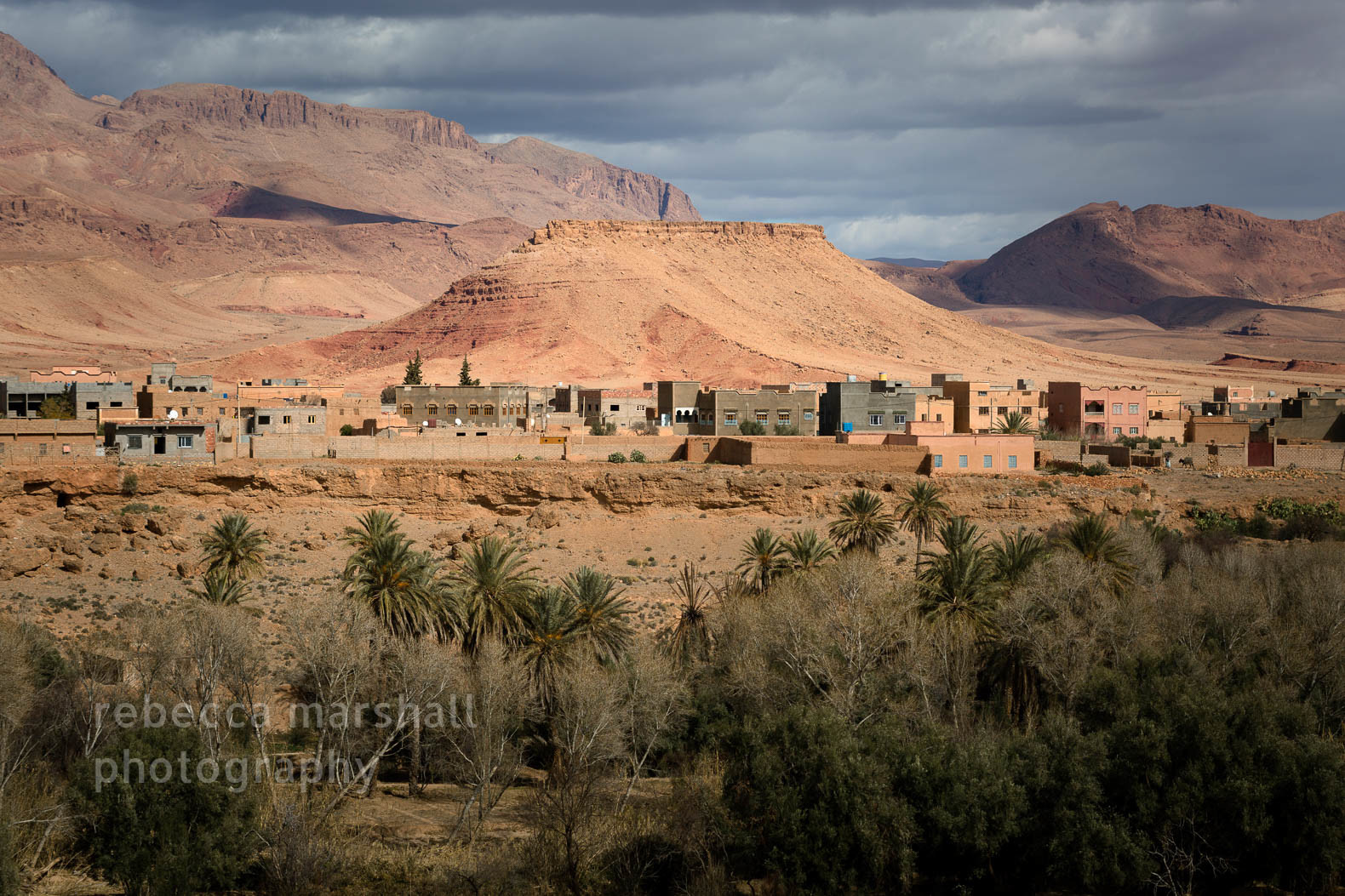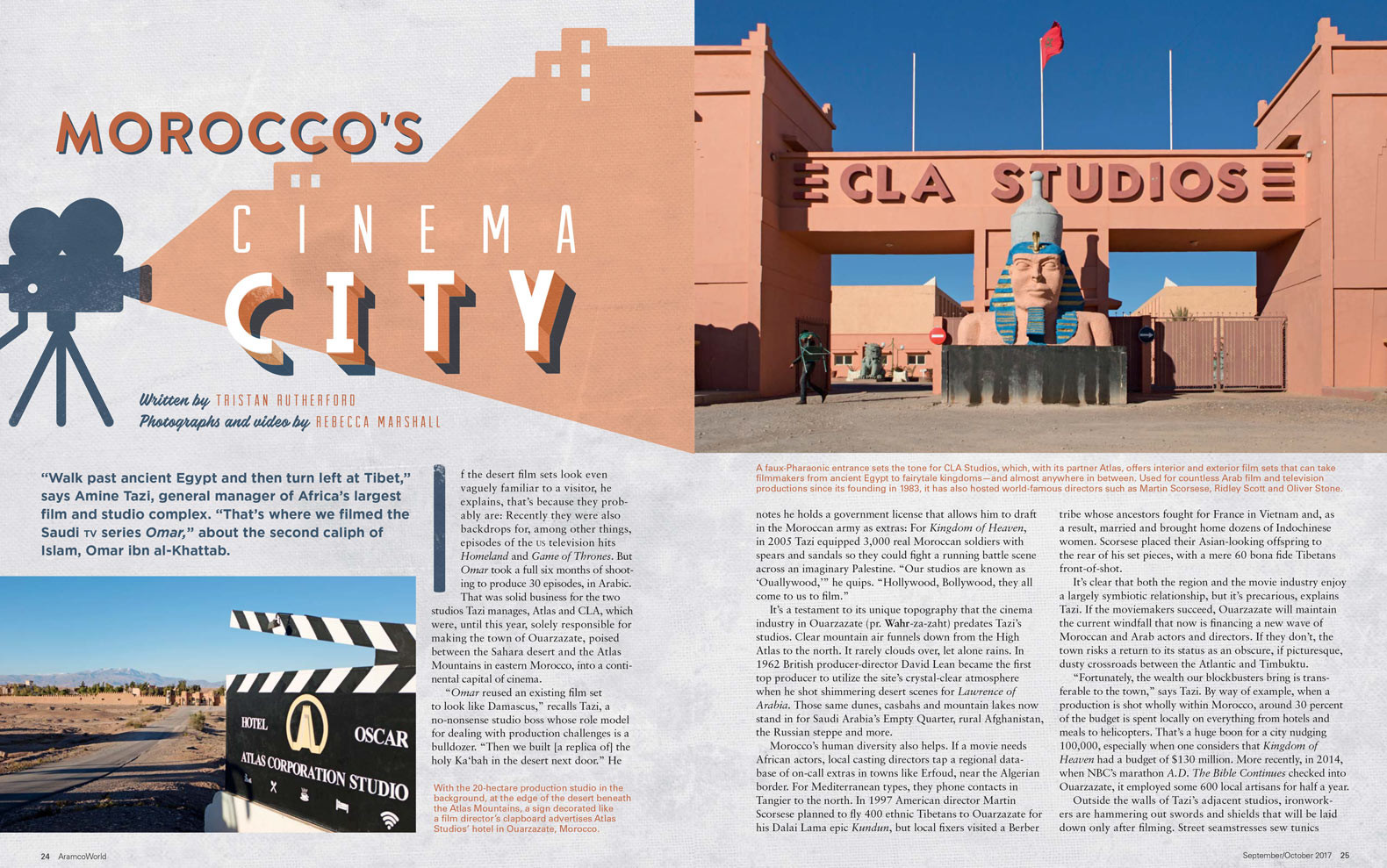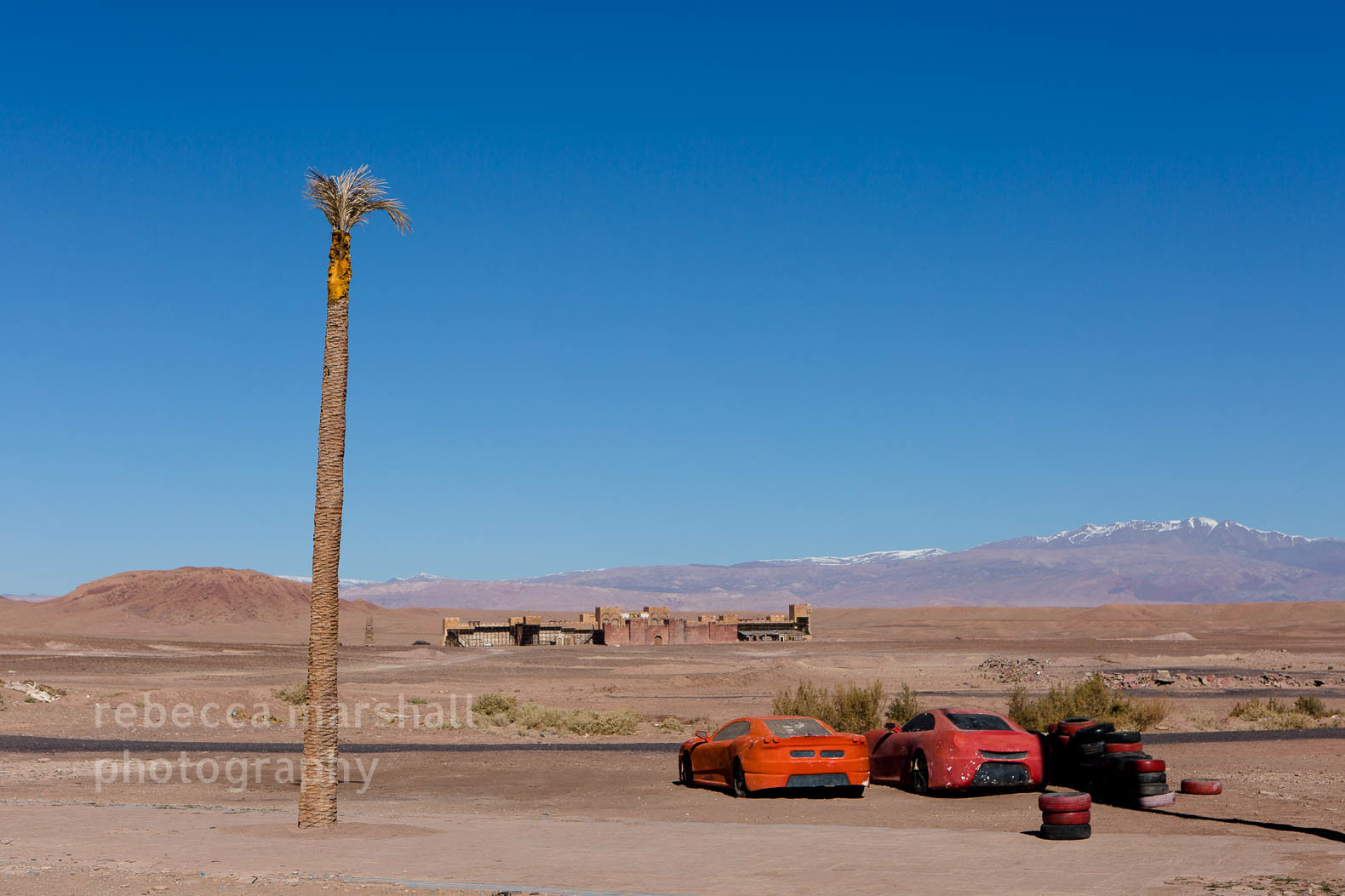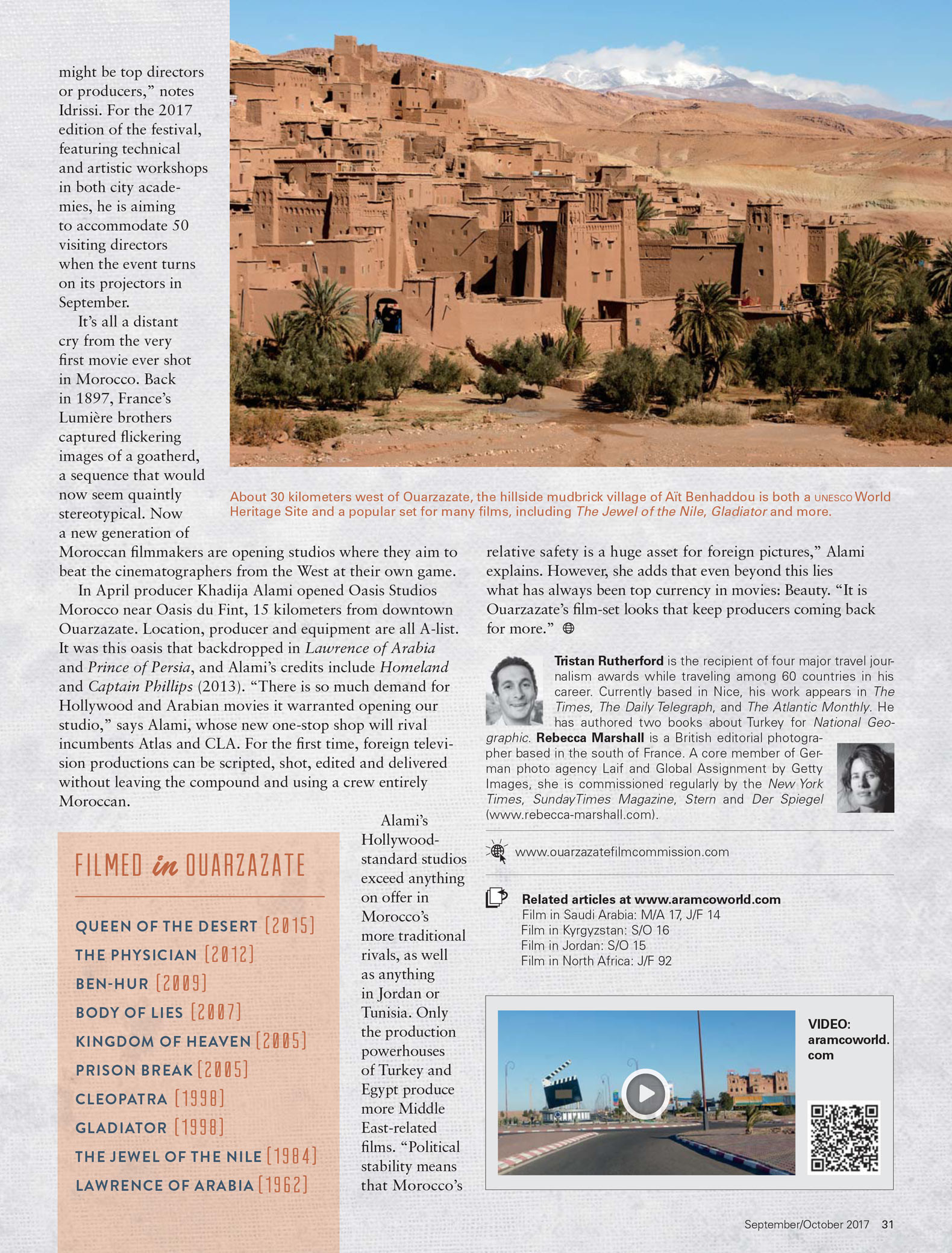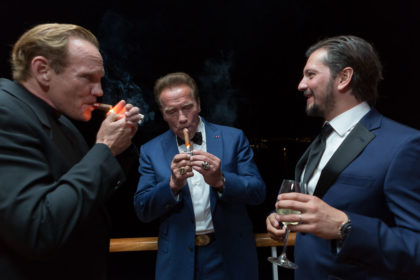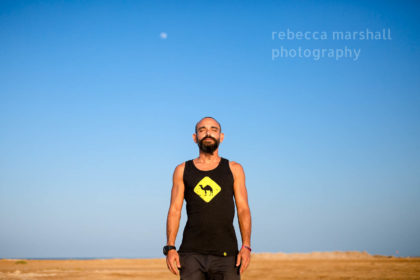If I weren’t a photographer, I might choose to be a travel writer. Especially on assignment away from the South of France, a writer’s life can sometimes seem sweeter than a photographer’s. Not only is there all the heavy equipment that a photographer has to carry, which is invariably thoroughly searched at airport customs (while the writer waltzes through with a pencil), but travel writers score more perks. In order to do their job properly, they need to eat the gastronomic meal and fully experience the luxurious hotel suite that they’ll write about; a photographer -arguably- doesn’t.
I had plenty of time to ponder this, as I waited in the interminable arrivals queue at Marrakesh airport. My friend and colleague, the respected travel writer Tristan Rutherford, had just been whisked away through FastTrack, by a liveried chauffeur. He was already sampling the welcome given to guests of 5-star palatial Hotel La Mamounia for a short travel piece he was writing. “Sorry sir, I’m afraid your friend cannot join us“. To be fair, I was not photographer on that job. No, Tristan and I had come to Morocco to work on a different kind of editorial assignment. Two days later, we would head off towards the desert, and Morocco’s movie studios.
The other side of the Atlas
After a 4-hour bus journey through the vertiginous Atlas mountains, Tristan and I arrived in the town of Ouarzazate, ‘doorway to the desert’ (a nod to its proximity to the Sahara, a few hours’ drive east). Ouarzazate is home to Morocco’s biggest film studios and our 8-page feature for magazine Aramco World was to give an insight into the film industry for which the town is known. Thanks to its range of semi-desert landscapes, sheer space and local resources, Ouarzazate has welcomed the filming of hundreds of international TV series episodes and feature films. Old film sets litter the surroundings and give a strange sense of familiarity. Groups of tourists are herded around to see places where scenes from Game of Thrones, Homeland, Prison Break, Ben-Hur, Gladiator, the original Star Wars and even Lawrence of Arabia were shot.
Cannes Film Festival move over!
Everyone we met in Ouarzazate seemed to have some kind of connection with the film world, whether a neighbourhood barber who moonlights as a hair and make-up artist when a big production comes to town, or the waiter in a restaurant who recounted how Prison Break had been filmed in the school next door. Among the portraits I made were those of a camel trainer, a stuntman, and a grandad who has had roles as an extra in over 150 films. It may not be the Cannes Film Festival, but Ouarzazate has its own, budding film festival too (and, in a topical Hollywood cliché, its own version of Harvey Weinstein, a cigar-smoking studio boss who treated me less as a photographer and more as a moving target for his ‘charm’). Not least of my portrait subjects was Spirit, the breathtaking albino stallion who was Khaleesi’s mount in Game of Thrones.
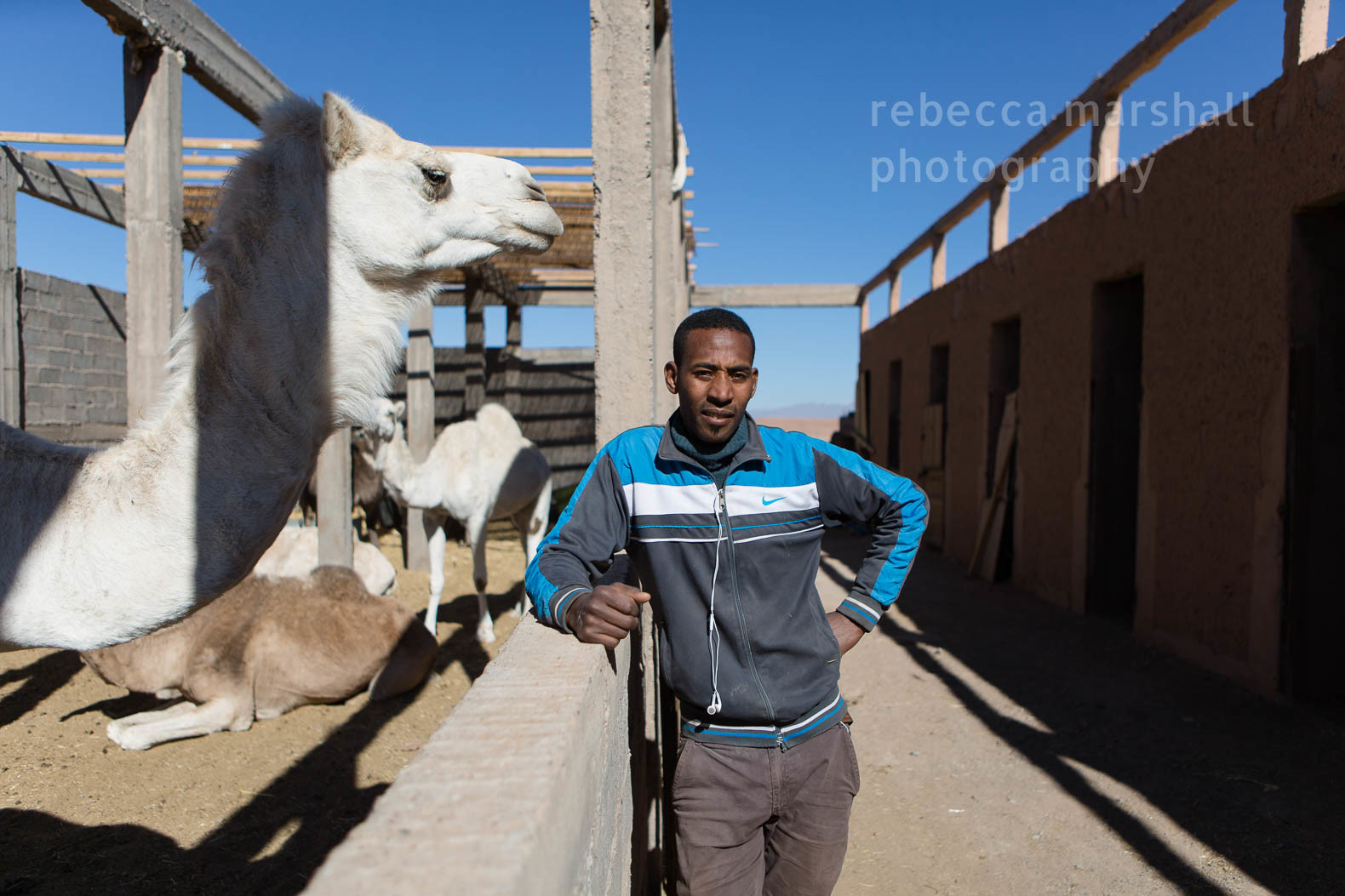
The camel trainer told me to be wary of this particular camel… and so I was. Any needs that you could dream up for the making of a film can apparently be met here
Any needs that you could dream up for the making of a film can apparently be met here. In buildings around the main studios, ferocious dogs snarled at us from behind locked stable doors, ironworkers furiously hammered swords and shields and a lone man bent over a huge cauldron, dyeing cloth. Even the Moroccan army was once pulled in to provide extra-manpower for a scene. Abandoned tanks on a hill made for an eerie battlefield; a giant, now-tatty sphinx smiled down from the remains of the Astérix & Obélix : Mission Cléopâtre set and two chipped, red porsches, built out of plaster, sat quietly disintegrating nearby. Tibet, Egypt, Damascus, Afghanistan and Russia are but a few of the countries that have been recreated in and around these studios.
Ice and fire
The sky was a deep, rich blue; the number of cloudless, sunny days here would put the South of France to shame. The high altitude air was clean and crisp, enabling clear views for miles. The colour of the light on the red earth, at sunrise and sunset, was incredible. I could see why so many directors have been inspired to film here.
However, the weather conditions when we visited were not without their challenges for a photographer. Morocco may be on the warm side in summer, but in January the interior of the country is cold – very cold. The relentless, icy wind was of a force to be reckoned with, too. Not only was it challenging to hold a camera still out in the open (wind is not generally a photographer’s friend, and it was no easier to shoot the video I needed than taking stills) but, in the dry landscape, the wind also whipped up clouds of dust everywhere. This made it hard to change lenses – and also to see…although at one moment, not seeing the ground, a good 20 metres below me, was perhaps a good thing. I was crouching, petrified, atop a tower of the abandoned Kingdom of Heaven set and the construction, of polystyrene and strips of nailed plywood, was trembling and swaying alarmingly in the gusts of wind.
Writer Tristan was not present, doubtless interviewing someone, probably somewhere warm. And when I arrived, a little late, for dinner that evening, he raised an eyebrow at my dusty, windswept, cold self. But, delighted to have my feet on the ground and heart-warmed by the sight of the open fire, I simply sat down, and we happily tucked into another un-gastronomic and entirely delicious cous cous together.
